5. Synecdoche, New York (2008)
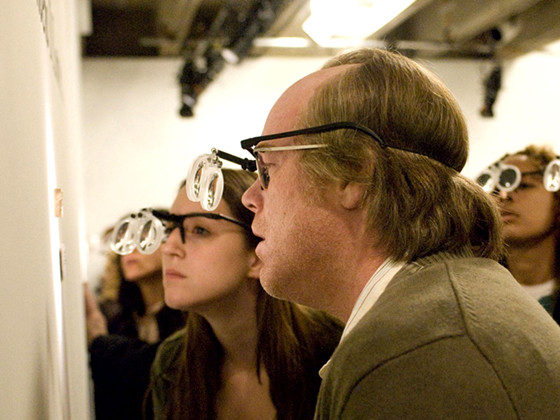
Director Charlie Kaufman is known for his existential but complex films. ‘Synecdoche, New York’ is one of his most impenetrable pictures. Like most of director Kaufman’s writing and directorial efforts this too is an introspective and seemingly personal film, following this time a theatre director Cotard (Philip Seymour Hoffman) while he tries to set-up a gigantic play for which he rebuilds New York City itself in a warehouse.
‘Synecdoche, New York’ is a megalomaniac project that seemingly portrays life itself, which is quite meta when thinking of Cotard’s own project. Both Cotard and Kaufman try to catch what life really is with their projects. Besides being somewhat hard to grasp at times, ‘Synecdoche, New York’ is also a film of great beauty in tiny moments. It is therefore worth it to push through its abstractions to get at something truly meaningful and deep.
4. L’Avventura (1960)
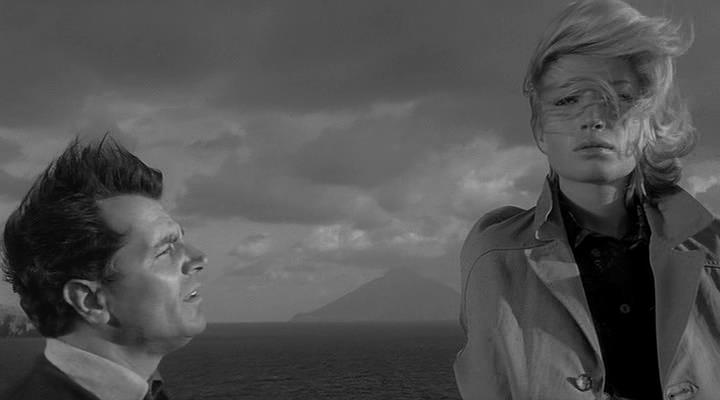
‘L’Avventura’, which means both ‘the adventure’ or ‘the fling’ in Italian, is a notoriously dense picture by the Italian master director Michelangelo Antonioni. At its release the film was heckled by audience members (yelling cut during long shots) and booed in Cannes. Throughout the years it build it both a strong support base among certain critics and a negative name among others: the main narrative from opponents being, nothing happens in ‘L’Avventura’!
The film follows a group of rich people as they explore some rocky islands with their yacht. Most important among them rich Sandro (Gabriele Ferzetti), his lover Anna (Lea Massari) and her friend Claudia (Monica Vitti). On one of the islands Anna disappears without a trace and during the search Sandro and Claudia catch feelings for each other.
‘L’Avventura’ is a gorgeously shot. We follow the characters through beautiful architectural and natural features, but their inner workings are as sparse as the bleak cinematography. Few women have ever looked as cinematic as Monica Vitta in ‘L’Avventura’ but her beauty is only on the outside. This is not a film about romantic love, indeed the characters seem incapable of that. They’re only capable of a sort of rich boredom with everything.
3. Caché (2005)
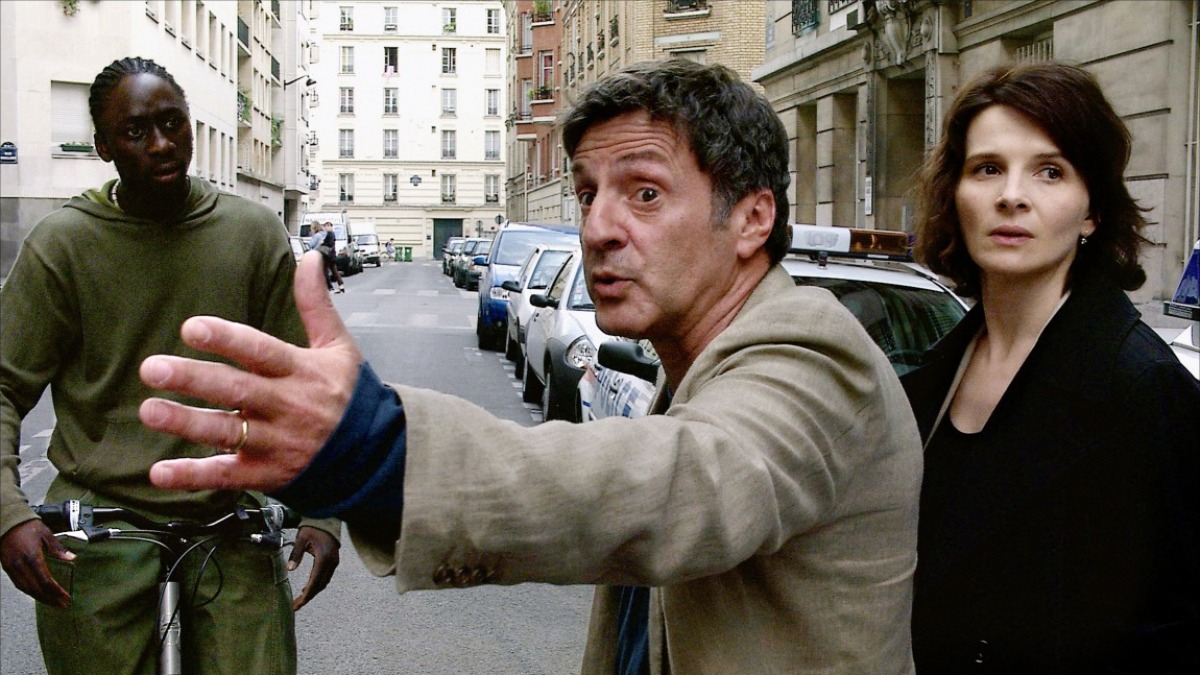
When you see that a film is directed by Michael Haneke you know it’s not going to be a fun ride, and indeed ‘Caché’ is anything but fun. A well-off Parisian family, George (Daniel Auteuil) and Anne (Juliette Binoche) and kids, gets send anonymous tapes containing videos of their lives filmed from a distance. Background of the story is formed by the tensions in French society between upper and lower classes, and especially in relation to France’s colonial past and the presence of formerly colonised groups as lower classes.
‘Caché’ is filmed, like the tapes, in long static shots. This unrelenting ‘realism’ makes the film feel as a documentary, and not for a moment do you see the famous actors as anything else but a regular upper-class family. Director Haneke does not allow the viewer to look outside of the frame of the camera, and does not allow you to look away during key scenes. He makes it impossible to be passive as a viewer. Besides testing your patience, the film also makes demands on the viewers ethics and ability to deal with a seemingly impossible to solve puzzle. But for those that stick through they will get one of the most deliberately crafted thrillers with a lot to say.
2. Barry Lyndon (1975)
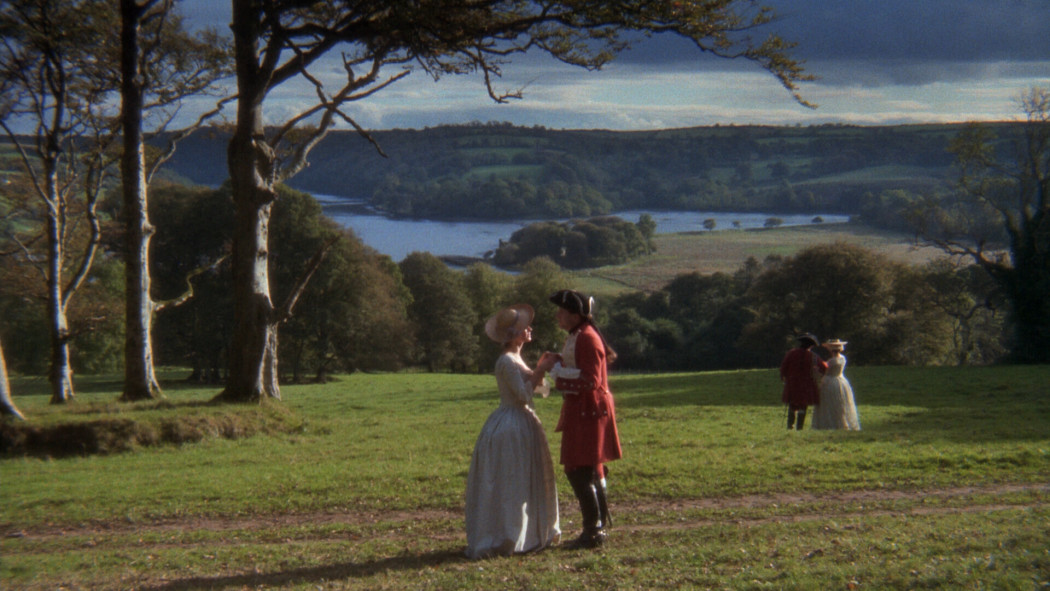
One of director Stanley Kubrick’s more nihilistic films is paradoxically (or perhaps not?) one of his most beautifully shot. It is one of those rare movies where every shot could be a painting, and Kubrick even got special lenses formerly used by NASA to shoot scenes by candlelight. Besides its awesome outward looks it follows a puzzling young Irishman, Redmond Barry (Ryan O’Neal) whose inside looks rather bleak. A character with few morals and a gift for petty scheming Barry drifts through some of the most bloody moments in European history with the Seven Years War, impersonating personnel on different sides, and finally wooing a rich countess.
‘Barry Lyndon’ is a slow film with rather unlikeable characters, and it can be surprisingly tense at times. Multiple key points in the film are duels that director Kubrick carefully builds up. Like always Kubrick is interested in the less savoury parts of mankind and its many dualities. In Redmond Barry he has found a character hard to like and hard to reach; in fact often it seems there is nothing to reach in the Irishman, he might simply only have basal greedy desires. ‘Barry Lyndon’s’ finale shows us a tiny piece of humanity, which could not be more ironic in its outcome. It al makes ‘Barry Lyndon’ stand out even in Kubrick’s fantastic filmography.
1. Satantango (1994)
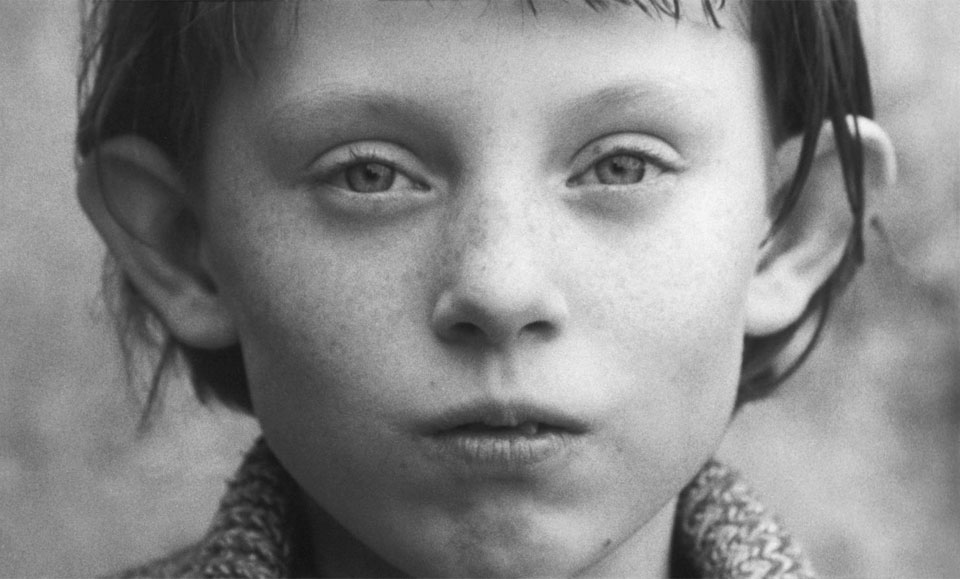
Director Béla Tarr is not known for his speedy films but ‘Satantango’s’ epic length will demand much of the most experienced watchers. Clocking in at over 7 hours ‘Satantango’ tells the story of a collapsing community; a village filled with simple people of low cunning. They are ripe to be used by returning charismatic Irimiás (Mihály Vig, who also scores most of director Tarr’s films).
This simple synopsis already reveals that ‘Satantango’ is a thoroughly nihilistic watch. Filmed in post-communist Hungary it revels in such bleak black and white that it becomes absolutely mesmerising. The film looks properly post-apocalyptic at times, congruent with the apocalypse of the societal system of socialism. Tarr shoots his films in long takes that add to the overall meditative pace, and are not afraid to hold the viewer captive in some of darkest scenes.
It’s impressive when a film can have scenes of tremendous beauty and sadness, but also terrifying madness and never feel like a hodgepodge of genres and emotions. ‘Satantango’ will most definitely not make you feel better about humanity, but it’s a pinnacle of unique filmmaking that no cinephile should miss.